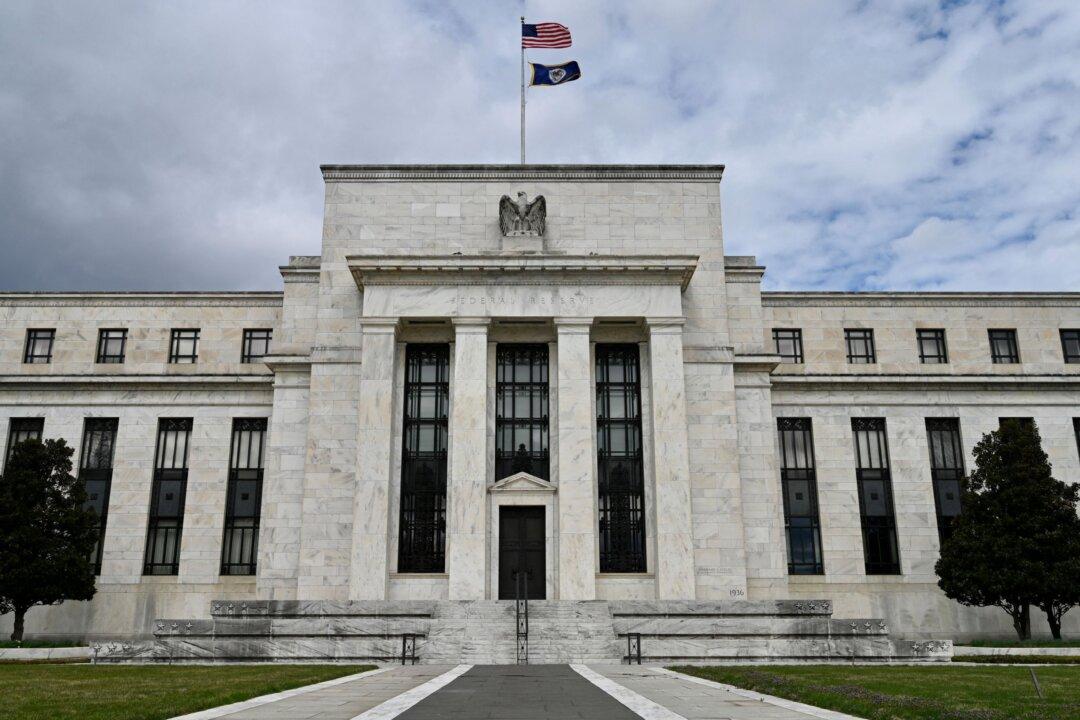Commentary
The independence of the central bank has been increasing over the past decade or so. Central banks are regarded as panacea in the face of adverse shocks. Janet Yellen was threatened to be fired by Donald Trump, and Jay Powell was thought to be under political pressure to not withdraw liquidity early, thus leading to today’s high inflation. Presidents would have strong incentive to boost the economy in an easy way by instructing the Federal Reserve to turn on the printer (where fiscal policies need to go via congress). They are myopic in the long-run causing consequences.





